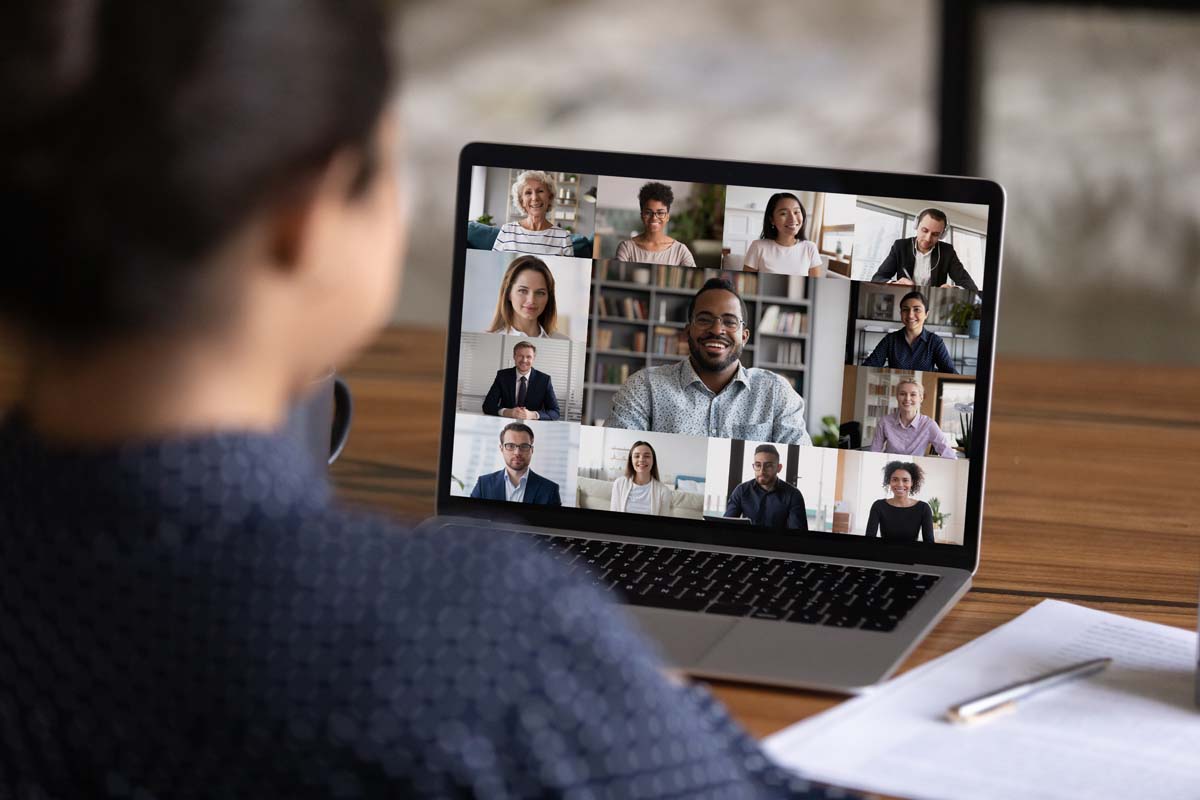
Zoom was on a modest rise in popularity even before the pandemic. Over the past 16 months, though, it has transformed from a useful tool into a workplace necessity. With so much of the global workforce embracing a work-from-home model, Zoom (and other video conferencing software) has risen to become almost as much of a staple as Microsoft Office and Google Suite. With most restrictions lifted and workers returning to offices, it may seem as though Zoom’s reign is approaching an end.
However, this is not necessarily the case. Virtual conferencing software has not only helped us remain in touch throughout Covid-19 but has demonstrated the value of having an online presence even when in-person attendance may be possible. Furthermore, Zoom conferencing has proven itself to bring distinct advantages that can greatly complement in-person events. The following tips show how to make the most out of a digital or in-person event while reaping the unique benefits that virtual conferencing provides.
Promote interactivity through polls, chat, Q&A functions, or other tools that keep audiences actively participating.
Zoom presents a unique chance for companies to engage more directly with both remote and local employees. Today’s workforce is far more distributed than it was pre-pandemic, and even workers who live in proximity to their offices may not be returning to the office right away. Zoom will continue to be a useful platform for employees or event attendees to feel involved even when they are not physically present.
Create shorter sessions so programs feel fast-paced, and alternate session formats to avoid heavy use of PowerPoint or other “boring” visuals.
While virtual conferencing serves to bridge generational gaps, these events must also reflect modern attention spans. Alternating between segments like lightning-round interviews, panel discussions, and fireside chats can keep an event feeling fresh and exciting. It’s also important to include diverse speakers with a wide range of perspectives. Representation and inclusion are among the two most valuable merits a modern company can have, and a well-rounded digital panel can be a great opportunity to showcase a commitment to these ideals.
Broaden Scope of an Event’s Invite List
Virtual conferencing has also taken down state lines. In contrast to pre-pandemic times, organizations are now finding it far easier to expand their reach by hosting digital events that are both cost effective and can be attended by anyone with an internet connection. For this reason, broadening the scope of an event’s invitees is an option that not enough companies are utilizing. While it may not have been practical to invite an associate from to West Coast to an event in New York, software like Zoom provides a great reason to put that person back onto your mailing list.
Take Advantage of Digital Analytics
Moreover, virtual conferencing provides more accurate means to track engagement, making it crucial to use digital analytics tools before and after your event. In comparison to having a device such as a door counter or going by ticket sales, software like Zoom provides precise, real-time data on how many attendees were at an event, who they were, and in some cases how long they attended.
Boost Brand Awareness
Finally, Zoom can have far-reaching impact in terms of thought leadership. In large organizations, for example, leaders may experience difficulty being seen as more than a signature on a statement or paycheck. However, virtual conferencing allows these figures to convey much more personality, building trust with employees and promoting their companies and events in a personal way. This strategy of using virtual conferencing and influential figures to boost brand awareness can also be used to particularly great effect by nonprofits as they carry out campaigns.








